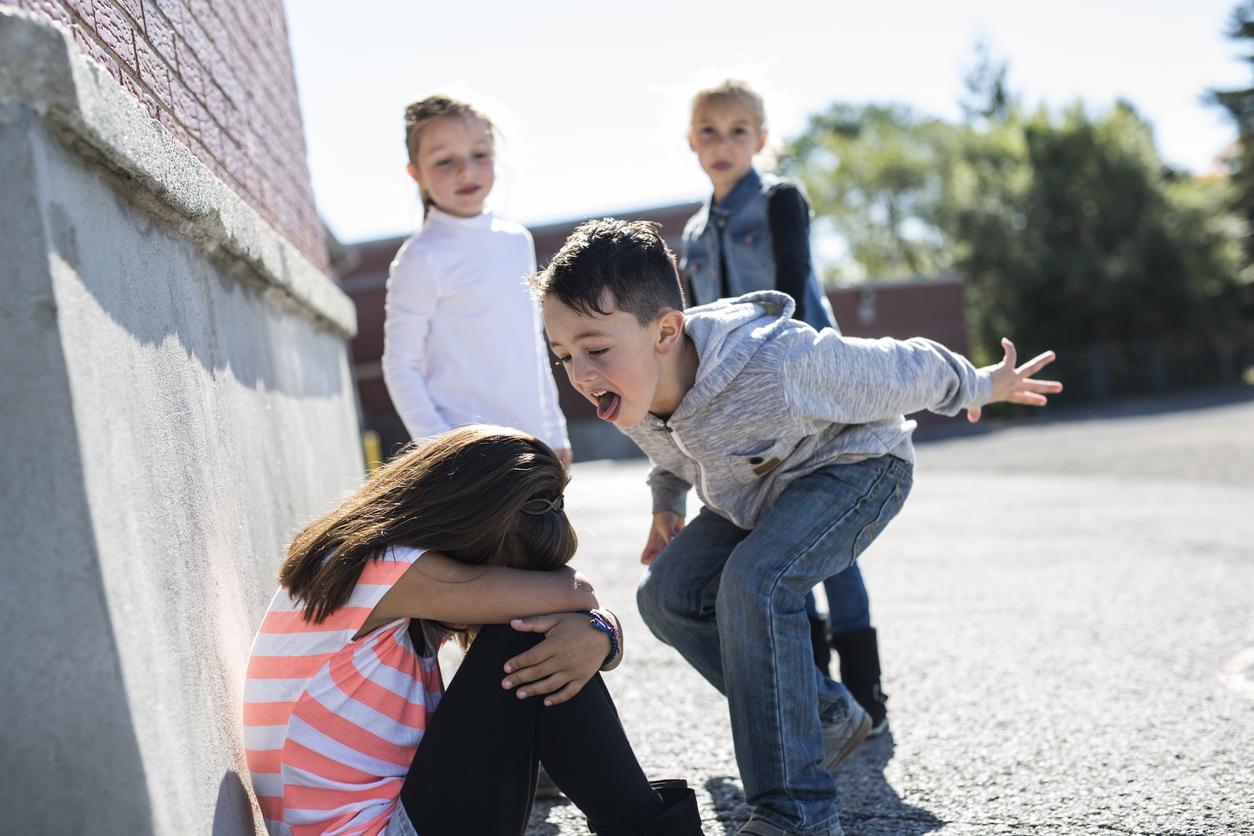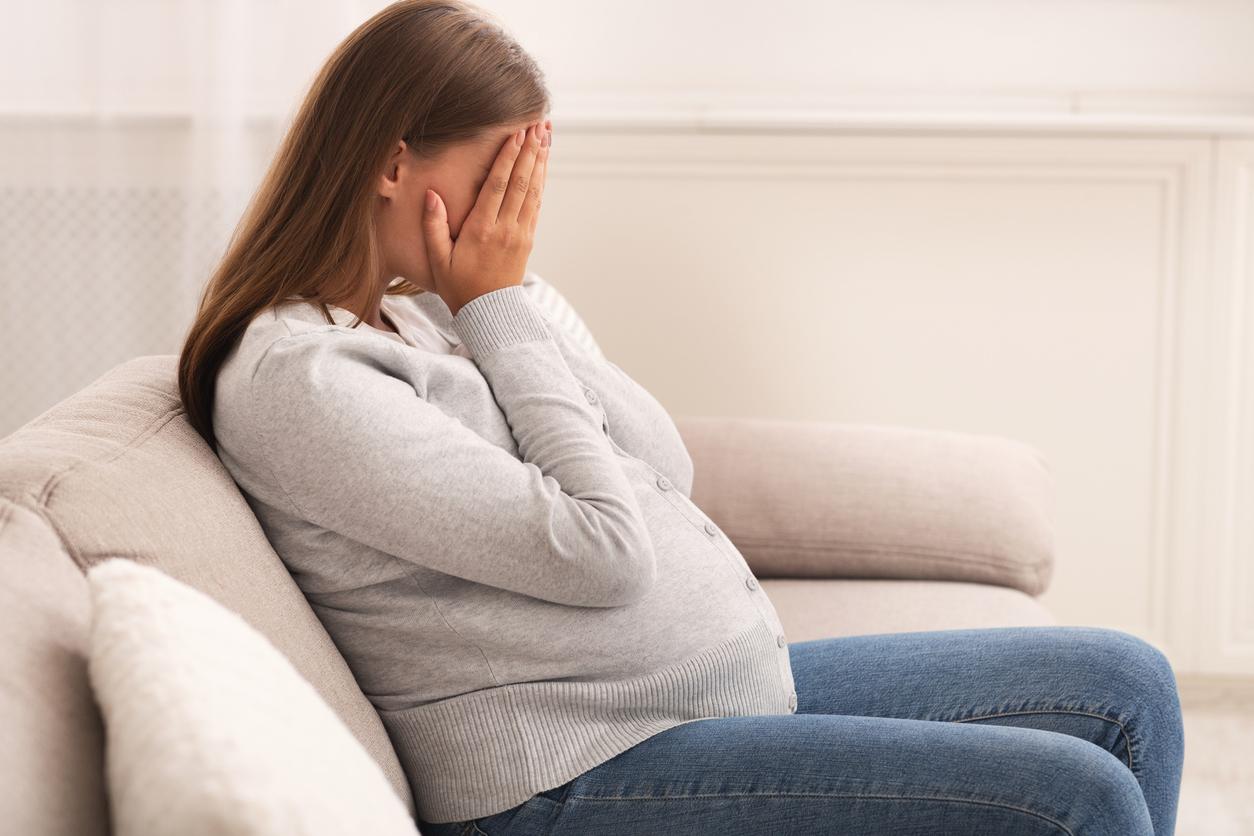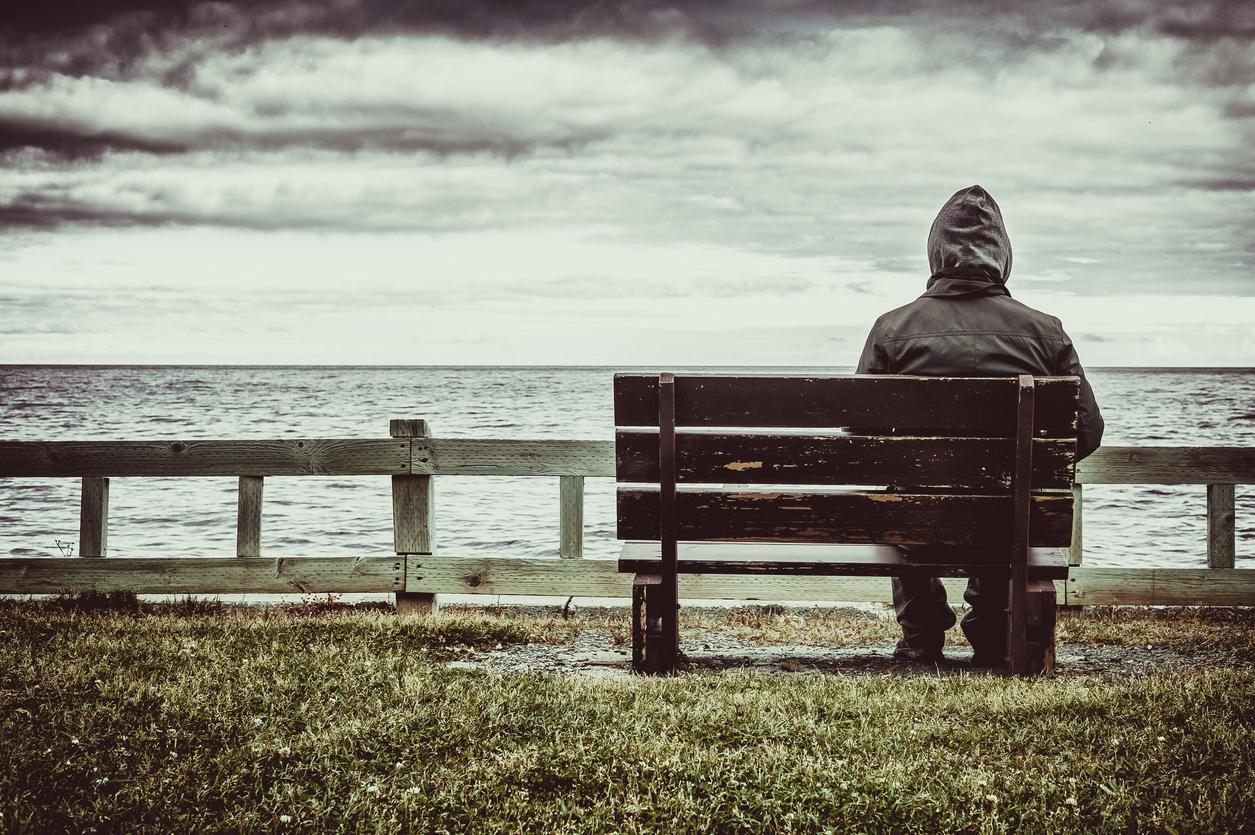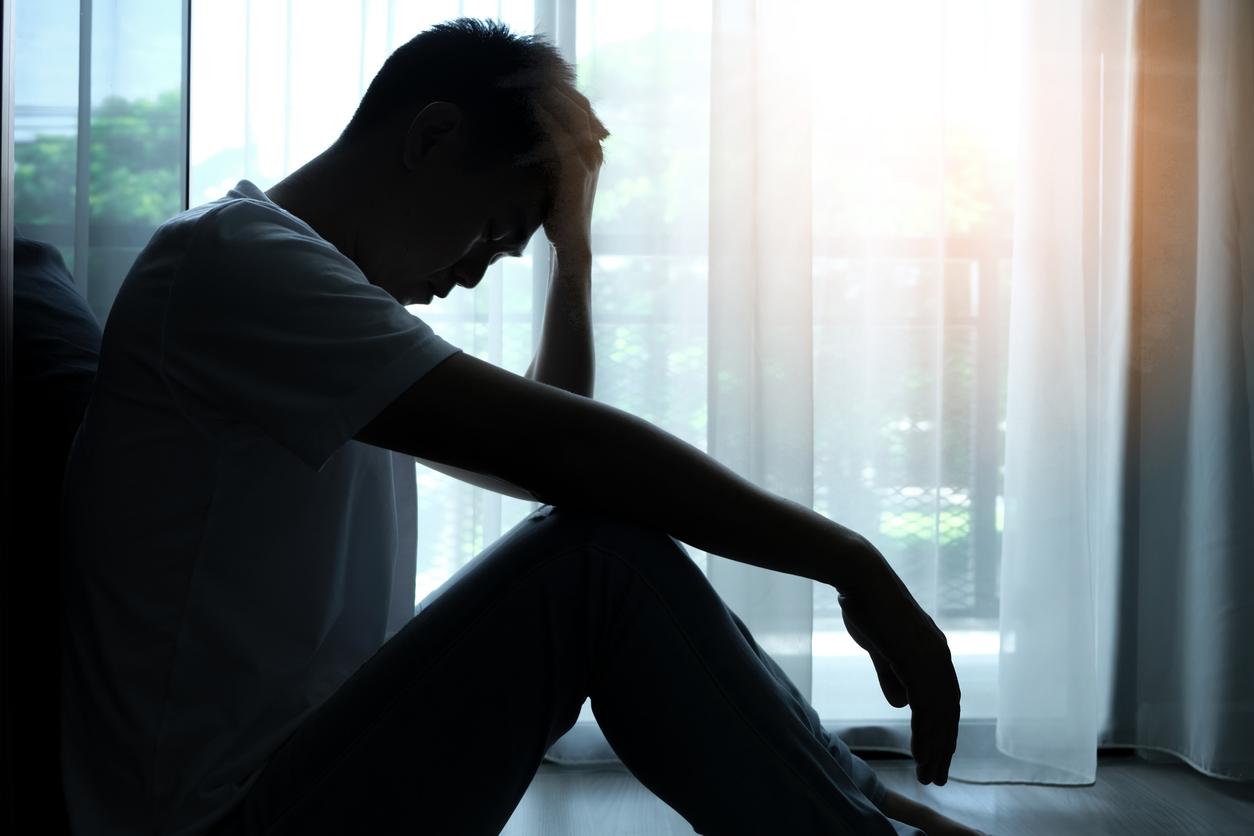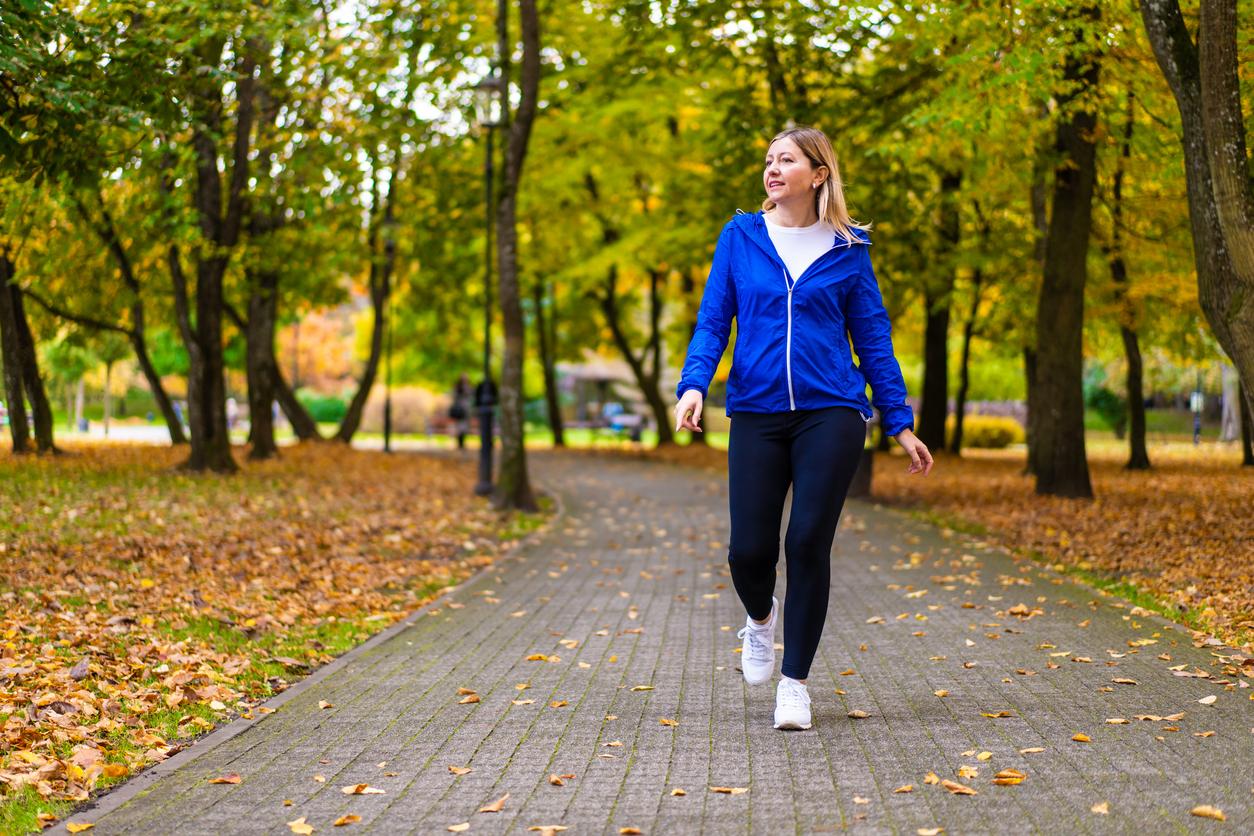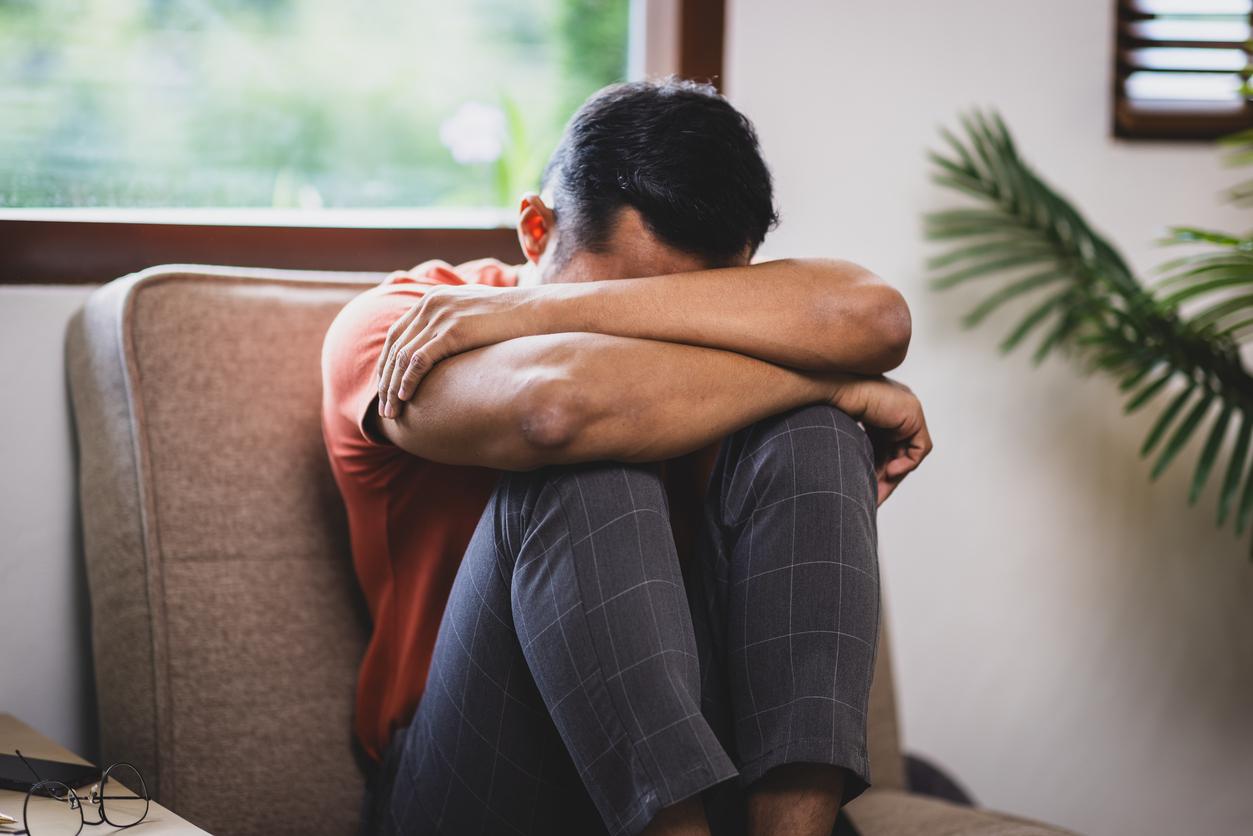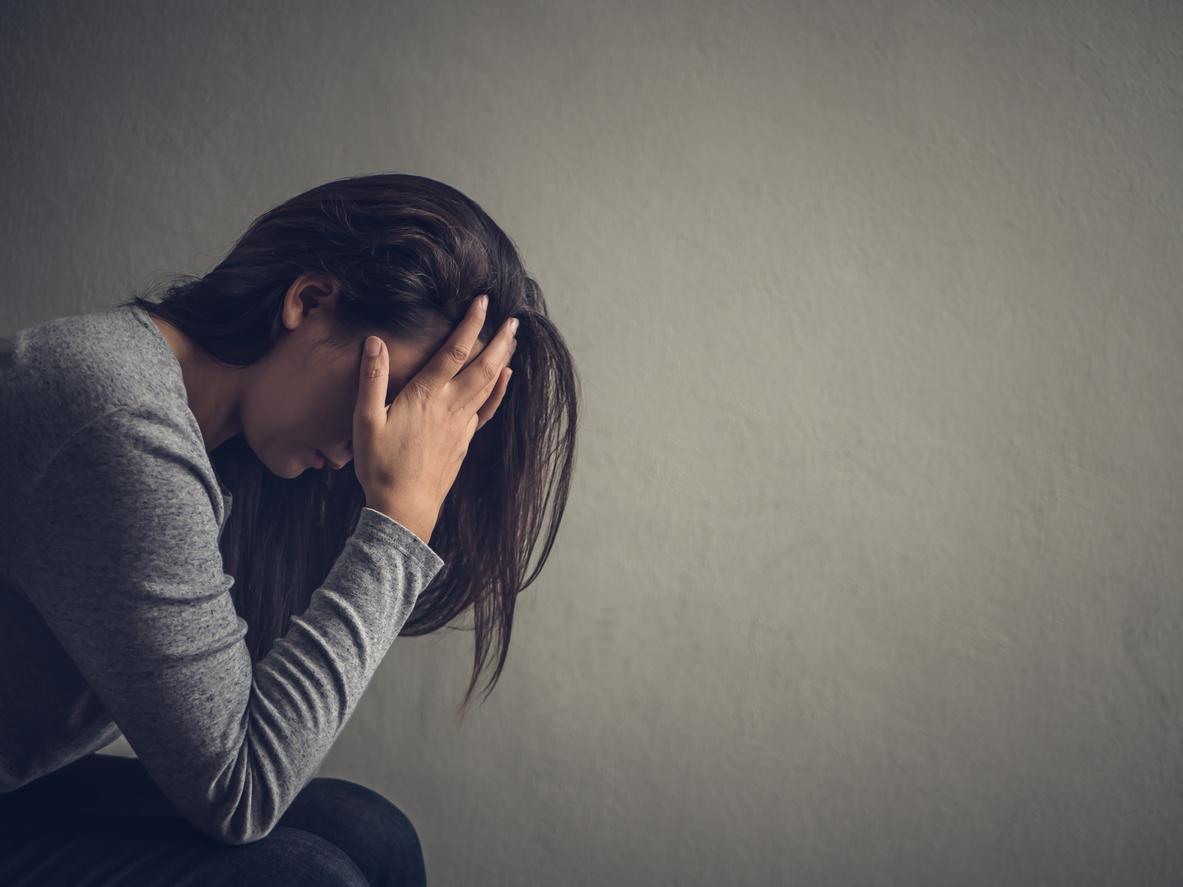Non-seasonal depression is successfully treated with light therapy. The method is even more effective than antidepressants.
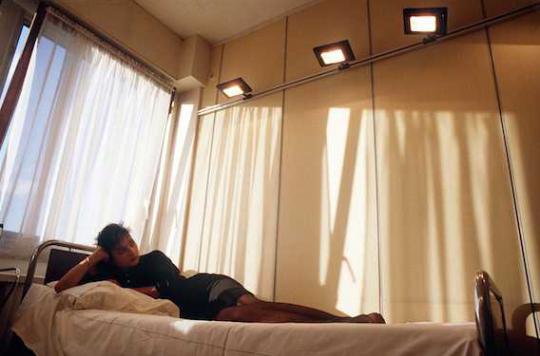
Light therapy to help with depression. This technique, supposed to correct circadian rhythms, is effective against non-seasonal forms of the disease according to a double-blind clinical trial against placebo published in the JAMA Psychiatry.
122 depressive patients, divided into 4 groups, took part in this study. Some received a common antidepressant, fluoxetine, others received light therapy with 30 minutes of waking exposure for 8 weeks. The third group benefited from a combination of the two approaches. The latter only took placebos.
Light therapy elicits a much better response rate than the antidepressant. Only 29% of patients on fluoxetine respond to treatment. On the other hand, half of the volunteers exposed to artificial light can boast of it. The benefit is even better when the two methods are combined. The researchers observed 76% of responses.
The gap widens further when comparing the effectiveness of the two techniques. Fewer than 2 in 10 people with depression go into remission when treated with fluoxetine. In the case of light therapy, this is the case for 43.8% of them. Again, the combination proves the most effective approach, with 58.6% remissions.
“These results are very exciting, because light therapy is inexpensive, easy to access and use, and is accompanied by few side effects, enthuses Dr. Raymond Lam, who signs this publication. Patients can easily use this approach in addition to other treatments such as antidepressants and psychotherapy. The mechanism of this technique is still poorly understood, but its effectiveness has been well demonstrated this time. It thus opens a new way of treatment in a field where the approaches are not effective for all patients.

.






